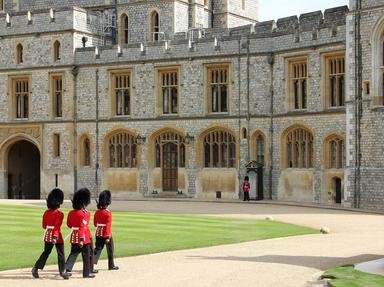
All the Ones Trivia Quiz
Monarchs of England and Great Britain
By the end of the 20th century, there had been eight Henrys, six Georges, and eight Edwards, all of them monarchs of England or the United Kingdom. There was a first monarch to bear each name and this quiz asks you to identify them from the clues given.
A matching quiz
by rossian.
Estimated time: 3 mins.